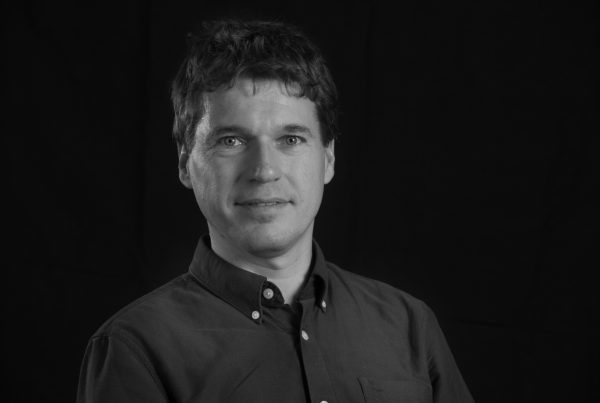Mark Gieles obtained his PhD from Utrecht University in 2006, supervised by Henny Lamers and Simon Portegies Zwart. He then moved to the European Southern Observatory (ESO) in Chile as a research fellow and support astronomer on the Very Large Telescope (VLT). As part of the fellowship he spent three month in Edinburgh working with Douglas Heggie. In 2009, he won a University Research Fellowship (URF) of the Royal Society which he took up at the Institute of Astronomy of the University of Cambridge. In 2013, he moved his URF to the University of Surrey, where he started a new astrophysics research group. From 2013 to 2019 he was PI of a Starting Grant of the European Research Council (ERC) and since 2017 he is a member of the editorial board of Monthly Notices of the Royal Astronomical Society (MNRAS). In 2018 he started as ICREA Professor at ICCUB, where until 2024 he led the Virgo gravitational wave group and where he now leads the stellar dynamics group.
Research interests
Most of my research focusses on trying to understand the formation and dynamical evolution of star clusters to shed light on the stellar initial mass function, black holes, gravitational waves, the globular cluster multiple population problem and the dark matter distribution in galaxies. The Milky Way contains approximately 150 globular clusters, for which we have exquisite observations. To interpret these, I use both star-by-star N-body simulations, fast approximate models for cluster evolution and dynamical mass models. I developed a family of mass models for star clusters (LIMEPY) to search for stellar-mass black holes in star clusters in the Milky Way using data from the ESA-Gaia satellite and related surveys. I try to understand how globular clusters formed through their dynamically formed binary black hole mergers and their intriguing multiple stellar populations.
Selected publications
- Marín Pina D, Rastello S, Gieles M, Kremer K, Fitzgerald L & Forastier BR 2024, 'Dynamical formation of Gaia BH3 in the progenitor globular cluster of the ED-2 stream', Astronomy & astrophysics, 688 -L2.
- Marín Pina D, Gieles M 2024, 'Demographics of three-body binary black holes in star clusters: implications for gravitational waves', Monthly notices of the royal astronomical society, 527 - 3 - 8369 - 8381 - .
- Dickson N, Smith PJ, Hénault-Brunet V, Gieles M, Baumgardt H 2024, 'Multimass modelling of milky way globular clusters - II. Present-day black hole populations', Monthly notices of the royal astronomical society, 529 - 1 - 331 - 347 - .
- Shenar, T et al. 2024, 'Binarity at LOw Metallicity (BLOeM) A spectroscopic VLT monitoring survey of massive stars in the SMC', Astronomy & astrophysics, 690 - A289.
- Smith PJ, Hénault-Brunet V, Dickson N, Gieles M & Baumgardt H 2024, 'Probing Populations of Dark Stellar Remnants in the Globular Clusters 47 Tuc and Terzan 5 Using Pulsar Timing', Astrophysical journal, 975 - 2 - 268.
- Stoop M, de Koter A, Kaper L, Brands S, Zwart SP, Sana H, Stoppa F, Gieles M, Mahy L, Shenar T, Guo DF, Nelemans G & Rieder S 2024, 'Two waves of massive stars running away from the young cluster R136', Nature, 634-809-812
